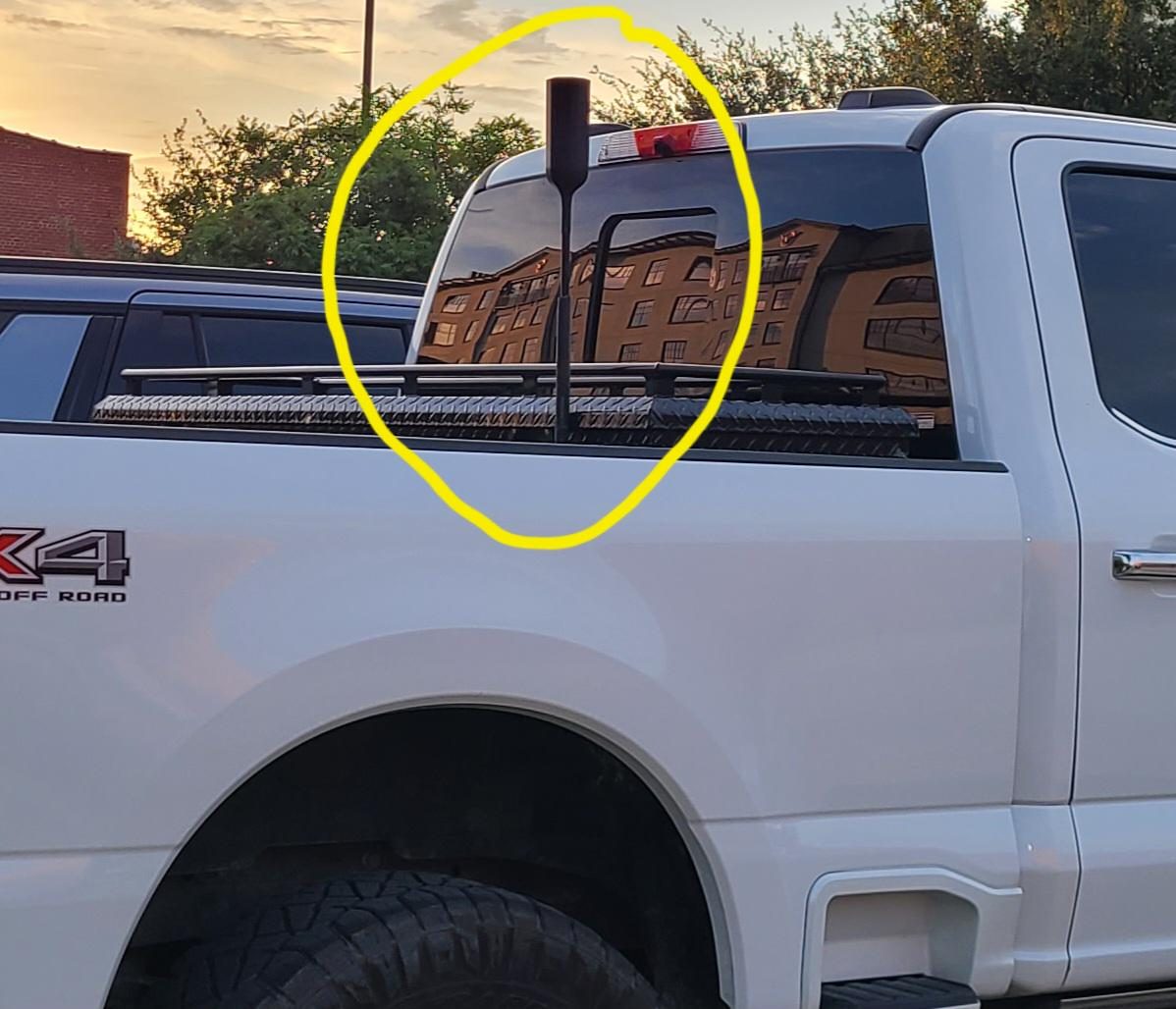If you’ve ever driven behind a pickup truck and spotted a strange, tall rod rising up behind the cab, you’re not alone in wondering what it is. These slender, antenna-like poles have been appearing more frequently, especially in rural or off-road areas, and they’re not just decorative or remnants of old CB radios.

What you’re seeing is actually part of a modern mobile solution—a cell phone signal booster system designed specifically for trucks and SUVs. These systems have become increasingly popular among drivers who spend a lot of time in areas where cell service is weak or nonexistent. The tall rod is an external antenna, one of three key components that make up a mobile signal booster. Mounted on the exterior of the vehicle—typically just behind the cab—this antenna’s job is to capture whatever cell signal is available, even if it’s extremely faint. That signal is then passed to a signal amplifier housed inside the vehicle, which strengthens it before it’s rebroadcast through an internal antenna placed in the cab. The end result?
Improved voice call quality, faster data speeds, and fewer dropped calls, even when you’re miles away from the nearest cell tower. For those who frequently travel through remote regions—like long-haul truckers, oil field workers, backcountry campers, or construction crews—having dependable cell service isn’t a luxury, it’s a necessity. Phones today are used for much more than talking; they’re critical for GPS navigation, coordinating with coworkers, contacting emergency services, or simply checking in with family. When the signal disappears, your phone becomes little more than a paperweight.
That’s why cell phone signal boosters have become such a common sight on work trucks and off-road rigs—they keep people connected when it matters most. Most of these systems, including popular models like the HiBoost Travel 3.0, are designed to work with all major U.S. cell carriers and support multiple devices at the same time. This means several crew members can stay connected simultaneously, whether they’re using phones, tablets, or mobile hotspots. This is especially beneficial for team-based work environments, such as utility or maintenance crews, where multiple people depend on strong, reliable service to perform their duties. Interestingly, these signal boosters represent a modern take on an old-school tool.
Decades ago, truckers relied on CB radios to communicate with one another, exchanging road updates and checking in over long distances. Those big antennas became a hallmark of trucker culture. While CB radios haven’t disappeared entirely, their use has declined dramatically with the rise of smartphones. Today, drivers expect internet access, GPS functionality, and high-quality calls—and signal boosters have stepped in to meet those expectations. In many ways, they’re the next evolution of the truck antenna tradition, just with cutting-edge technology and a new purpose.
Now, the question many drivers ask is whether investing in one of these boosters is worth it. If you rarely leave city limits or stick to major highways, maybe not. But if you frequently find yourself driving through rural areas, traveling for work in remote zones, or adventuring off the beaten path, the benefits become clear quickly. For around $300 to $500—the typical price range for high-quality booster kits like those from HiBoost or Weboost—you gain peace of mind, consistent connectivity, and the ability to call for help if an emergency arises. Considering what’s at stake, especially when you’re hours from the closest town or service area, that’s a pretty smart investment.
In short, those odd-looking poles on the backs of pickup trucks aren’t just random accessories—they’re part of a high-tech solution that’s helping keep people connected in some of the most disconnected places in America. Whether you’re hauling equipment, exploring nature, or just need to stay in touch during a cross-country drive, a signal booster might be exactly what your truck—and your phone—needs.





